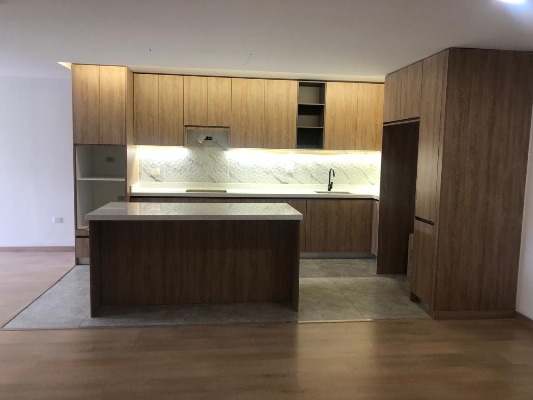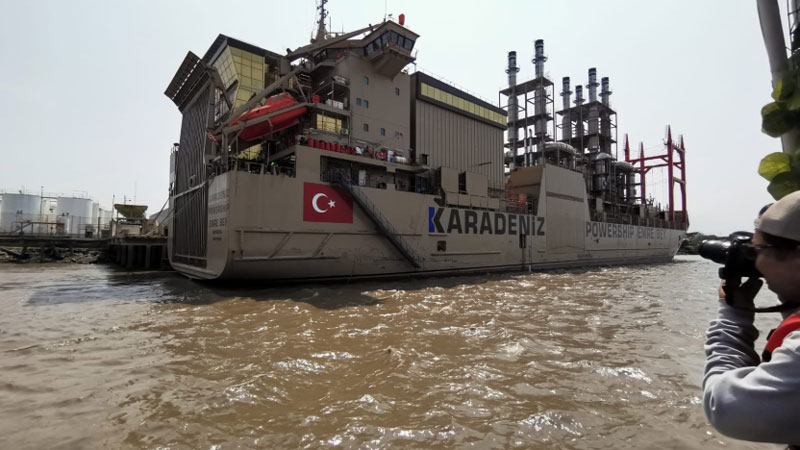Cuenca airport will close in 2025 for runway resurfacing as management plans for a new facility
Editor’s note: This is the second of a two-part series about Cuenca’s Mariscal La Mar Airport.
By Stephen Vargha
The runway.
This may be the most talked about subject in the expat community.

Rotating artwork now adorns the baggage claim area.
It certainly gets a lot of traffic on Facebook.
“The airport’s budget was approved on July 25 and the runway emergency maintenance will begin in September,” said Juan Pablo Tamayo, the Commercial Director of the airport. “There is no end date.”
Tamayo emphasized that Cuenca’s airport will not be closed for months this year.
“The airport will basically be closed on Saturdays and Sundays. From 11 p.m. on Friday to 6 p.m. on Sunday, maintenance on the runway will be conducted,” said Tamayo. “There will be four or five flights on Sunday evenings.”
Quito’s airport has a similar runway maintenance schedule. It was closed on July 6, 13 and 20 from 2 a.m. to 12 noon. The same times will be on September 7, 14 and 21.
Currently, the airport is finishing the platform (parking area for the planes). The cost of that project is about $500,000.

The airport is trying to make it an appealing place to be at. This dog artwork is hanging in the baggage claim area.
Cuenca’s runway needs reconstruction. Its pavement is over two decades old.
The average life expectancy of an airport runway is eight to 12 years but can vary depending on several factors. For Quito, it is 10 years. Manta’s runway is good for 20 years.
Next year the city has planned for the reconstruction of the entire runway. It has been delayed due to the important events that the city will host this November.
“We have to check the runway’s foundation and make any repairs that are needed,” said Tamayo. “We have to work on drainage and lighting. It’s almost like building a new runway.”
This reconstruction will require the closing of the airport for two months from August to October 2025. This means there will be no flights coming and going out of the airport.

Renovation plans for the terminal include putting all the rental car agencies together as well as having the ATMS in one area.
Then there is the length of the runway.
Its current length of 1,900 meters (6,234 feet) cannot handle big planes.
“We need 3.5 kilometers (11,485 feet) to have planes go to the United States. Quito’s runway is 4.2 kilometers (13,780 feet) long,” said Tamayo. “The higher the elevation, the more runway that is needed.”
In comparison, in North Carolina, Raleigh-Durham International Airport’s elevation is 436 feet / 133 meters above sea level. Its international runway is 10,000 feet / 3 kilometers long.
“As the altitude increases, density, pressure, temperature, and the generated lift decrease,” NASA said on its website. “With a decrease in density, the drag on the plane decreases. In other words, in ‘thin air’ there is no drag, essentially.”

A concrete truck is about to enter the airport. A huge amount of concrete will be needed for the runway reconstruction.
The runway is currently landlocked with the city cemetery on the southwest end and the Milchichig River and industries on the northeast side. Then there are the 2,700 meters (8,860 feet) high mountains immediately to the east.
“Extending the runway to the east involves making sure there is enough room to clear the mountains,” said Tamayo.
If the airport were to extend the runway, it would be towards the northeast by more than 350 meters (1,150 feet). An aircraft bridge, also known as a runway bridge, would be needed.
“There is about an 18 meters (59 feet) drop on the east side,” said Tamayo.
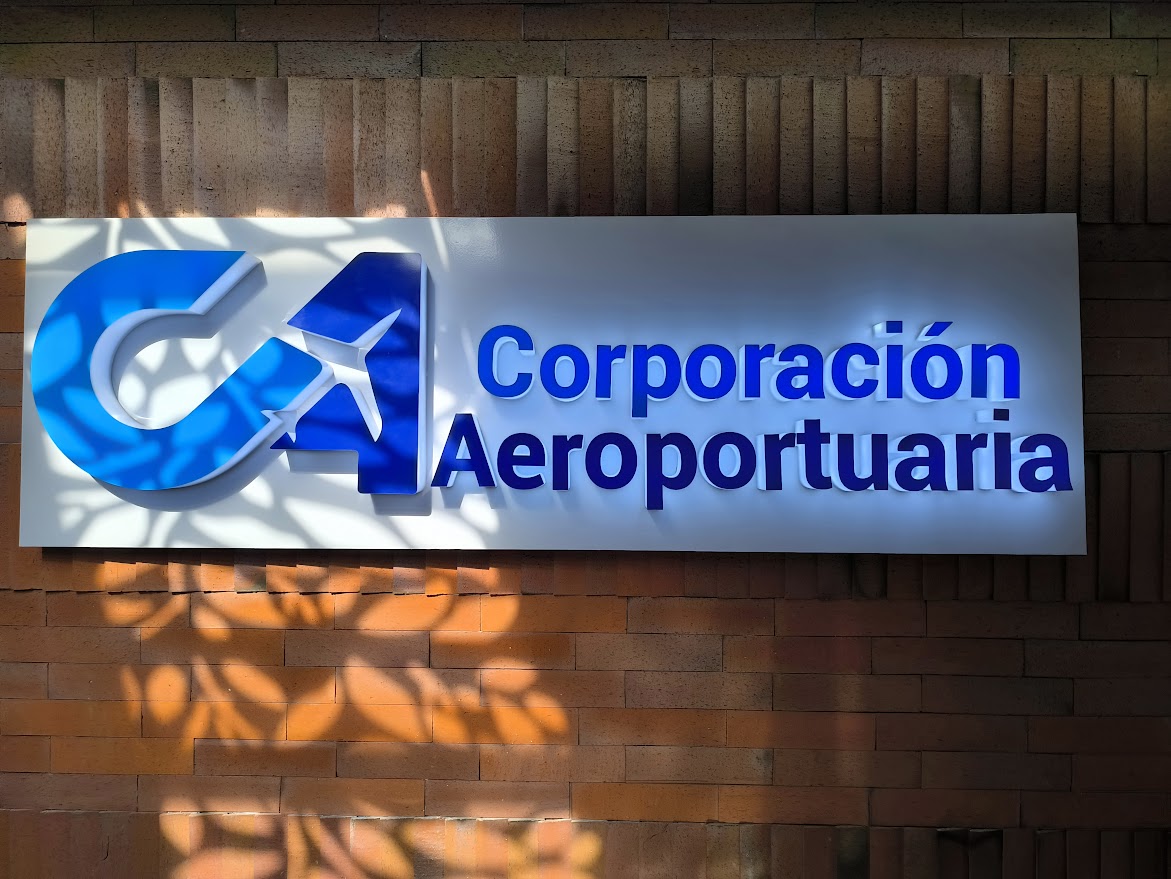
The city-wned Cuenca Airport Corporation (CORPAC) operates the airport.
It is not cheap to build a structure that allows aircraft to cross over waterways and roads. These bridges must be designed to support the weight of the largest aircraft that may cross them and possibly stop on them. An Airbus A380 has a takeoff weight of up to 560 tons.
Extending the runway involves “Expropriar.” It is known as eminent domain in the United States. The city would have to buy the land and buildings that would be part of the runway’s extension. That could be an expensive proposition.
“The first thing we need to do is to see if a new airport can be built,” said Tamayo. “Right now, we need to do a study on the cost of obtaining the land.”
Cuenca is looking at building the new airport in Tarqui, a rural parish that is about eight miles south of the city.
A 1998 airport committee recommended a site in that area but said that occasional fog in the area could be a problem.
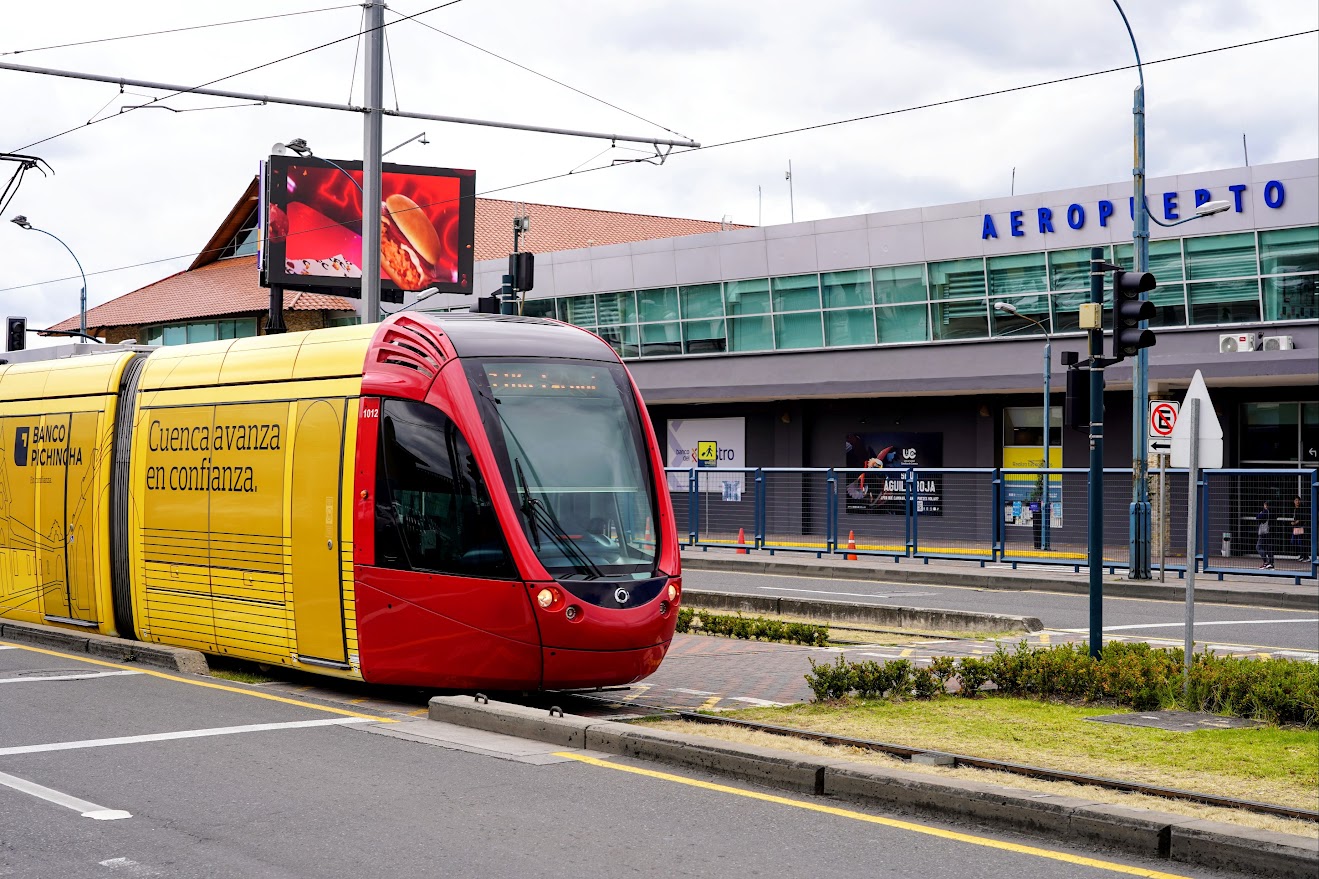
The airport will be completely shut down for flights in August and September 2025.
Most commercial aircraft are capable of landing in thick fog, but it can depend on the type of aircraft and the airport’s infrastructure. Some planes can land when the visibility is as low as 75 meters (245 feet).
Fog slows everything down, including the arrival rate of aircraft. In low visibility it’s not just about landing. It’s also about finding the turns on the taxiways.
“I’ve been in conditions where you can only see a few lights ahead of you, and these are spaced at 20 to 30-meter intervals,” said a Cathay Pacific Airways pilot online. “Looking for one reference point can be disorientating, and it has to be done slowly.”
CORPAC, the city-owned corporation that operates the airport, has restrictions on where it can build a new airport.

Renovations to the upstairs food court are already being made. It is part of a major renovation of the terminal.
“Tarqui is what we are looking at. CORPAC must operate inside the Cuenca city limits (which includes all of the canton),” said Tamayo. “Tarqui is the best location for a long runway as other locations are over 3,000 meters (9,845 feet) high or are too small for a long runway.
One of the rejected high elevation sites was a flat mountaintop near Challuabamba. It was rejected due to high wind conditions.
Focusing on today, the airport is planning to begin major renovations to the terminal in August. The airport will be building an area for international arrivals, immigration, and customs.
The area before security will be made more efficient and appealing.
“We will organize the terminal area for rental cars and ATMs,” said Tamayo. “We are currently working on the food court area upstairs. An escalator will be added to get to the second floor.”

A huge mural depicting life in Cuenca and Ecuador is on the wall of the check-in counter.
Chargers for smartphones are already in the airport’s lounge, but the goal is to add them at the gates as well as at the food court. Free Wi-Fi is already available for travelers.
Artwork is being added throughout the terminal. That includes a beautiful mural behind the ticket counter that depicts life in Cuenca and Ecuador, and rotating artwork in the baggage claim area.
“We want passengers to have a Cuenca experience,” said Tamayo. “As soon as you land, you’ll know you are in Cuenca.”
Regardless of what class of service you are flying, there is a lounge upstairs that you can enter by paying at the door or through a lounge membership program.
“It is the best lounge in the country,” said Tamayo. “Colineal gave us the furniture. We want to add a kitchen to have really fresh meals.”

The runway is in dire need of reconstruction. Plans are to shut the airport down in August and September of next year to rebuild the runway and make upgrades.
The lounge is open two hours before each flight.
Passenger boarding bridges, an enclosed, elevated passageway which extends from an airport terminal gate to an airplane, have been considered. It allows passengers to board and disembark an aircraft without going outside or being exposed to the elements. And it is a lot easier for people in wheelchairs.
“Bridges are extremely expensive. We would have to build a new corridor to the bridges,” said Tamayo. “The bridges need an electric plant. It is a lot of work and adding them is not a good return on the money.”
Getting word out about Cuenca can help generate more revenue for the airport. That is why the airport hosted a function with members of the Airports Council International (ACI). The international organization of airport authorities focuses on industry practices for airport standards. Its members operate more than 2,000 airports.
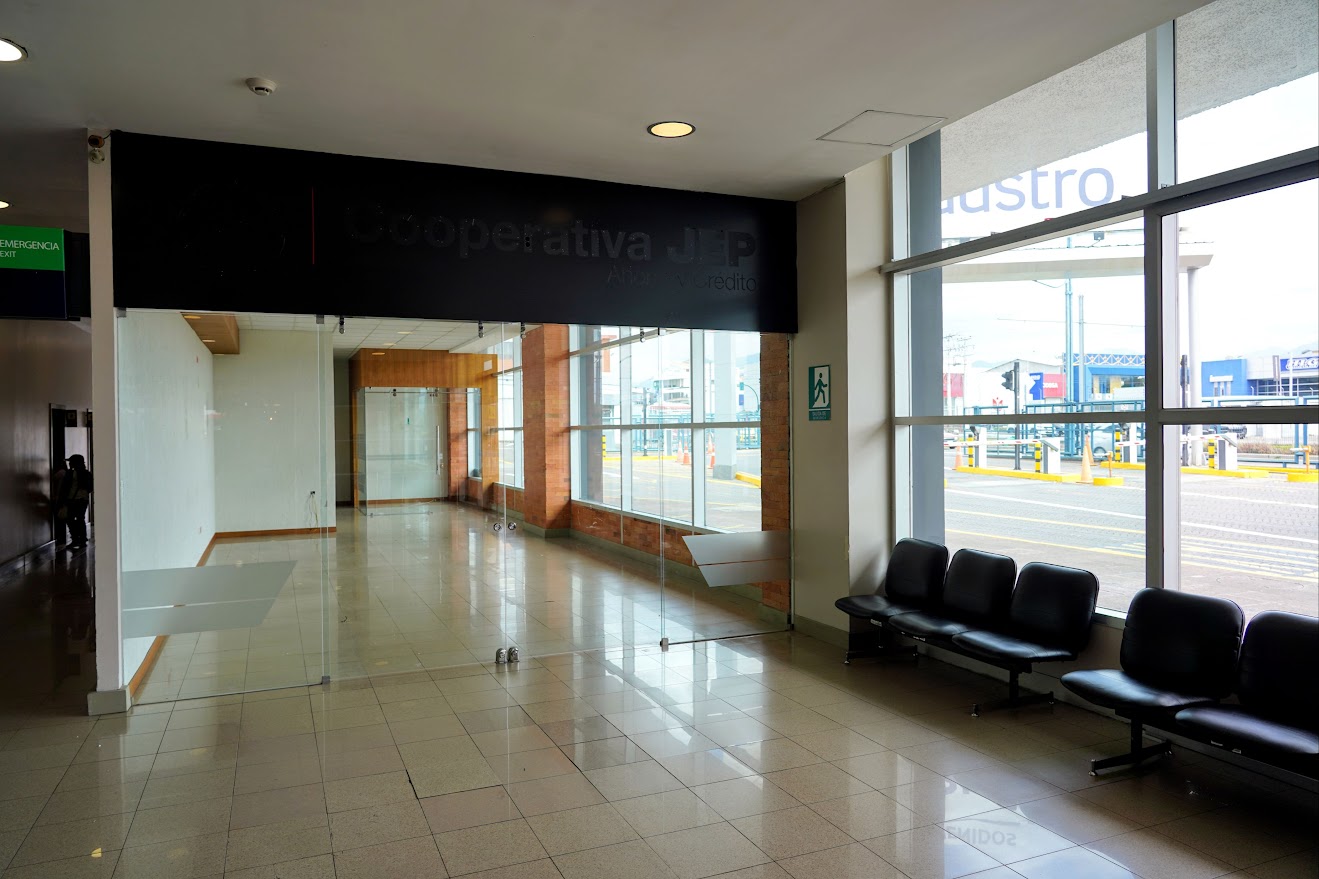
The old JEP branch at the airport is planned to be converted into a restaurant in the pre-security area. Anyone can go there for a meal.
“We are really working on getting the travel industry to know Cuenca. That is why we are working very closely with ACI,” said Tamayo. “In May, we brought in 250 people from other countries. They were amazed by the city. Many of them changed their flights adding a day or two in Cuenca.”
Tamayo added that these members of ACI “loved their discovery.”
CORPAC considers the airport an economic tool. That is why they are working hard to increase flights for more business and tourism. Business travelers make up half of the passengers at the airport.
Part of that economic tool would be drawing in residents of Cuenca. Tamayo wants the airport to be a local destination.
“Our goal is to really make the airport part of the city,” said Tamayo. “By adding restaurants, it becomes a place for everyone to eat at, watch the planes, and enjoy a good meal.”
_________________
Photos by Stephen Vargha
Stephen Vargha’s second edition of his book about Cuenca, “Una Nueva Vida – A New Life” is available at Amazon in digital and hardback formats. His award-winning blog, “Becoming Cuenca,” supplements his book with the latest information and hundreds of professional photos by him.










